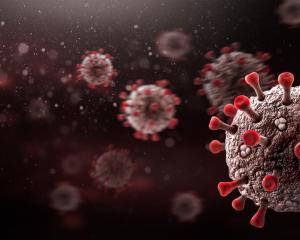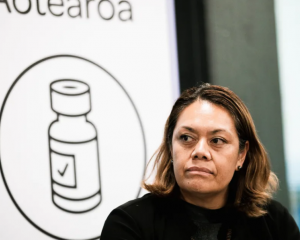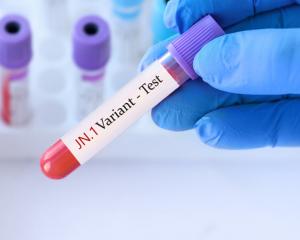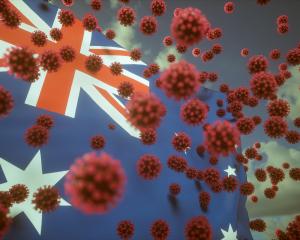
OPINION:
A healthy 26-year-old male is usually on our mortuary table because he has crashed his car or fallen down a mountainside. During the autopsy, I see a heart that is soft and pale and my own heart saddens. Later, down the microscope I find numerous immune (but not cancerous) cells surrounding and destroying the heart muscle. The diagnosis is myocarditis; inflammation of the heart muscle that aberrantly excites the electrical conductivity through the heart leading to palpitations and occasionally lethal abnormal heart rhythms. And with time, too much heart muscle may be destroyed and the heart no longer pumps properly, leading to heart failure.
In the time before Covid-19, infection by coronaviruses producing Sars (severe acute respiratory syndrome) and Mers (Middle Eastern respiratory syndrome) produced myocarditis. Many other causes were also known, including viruses (mumps, herpes, Epstein-Barr), bacteria (salmonella, diphtheria, tuberculosis), parasites, fungi (candida, aspergillus), drugs (cocaine, amphetamines, ethanol, lithium), heavy metals (iron, copper), animal bites (snake, spider, wasp, scorpion), radiation, electric shock, heart transplantation rejection, some hormones, and autoimmune diseases such as rheumatoid arthritis and lupus. It's an uncommon but certainly not unknown diagnosis in the young and old. Myocarditis with vaccines other than against Covid-19 (smallpox and seasonal influenza) has also been reported.
Overall, the outcome and severity depends on the cause. In the majority of people (around 70 percent in the medical literature) myocarditis will spontaneously resolve without specific treatment. The symptoms can be negligible to mild, look like a heart attack, or become life-threatening with the irregularity of the heartbeat and heart failure. Up to 30 percent of cases have co-morbidities and are serious enough to cause death.
Even with symptoms, monitoring and treatment are readily available. Chest discomfort or pain, shortness of breath, heart flutters, and irregular heartbeat are typical. Mandated counselling by vaccinators would seem appropriate. It would also seem prudent to bring back the old-fashioned method of a millisecond aspiration just before injection, to check for an intravascular position of the needle, because the mRNA vaccine caused a myocarditis event in mice injected intravascularly (instead of intramuscularly).

A heart biopsy to definitively demonstrate the immune cell is performed by threading a wire (with a tissue-sampling bite at the end) through large blood vessels to take a nibble at the inside of the heart. Even at autopsy it's possible to miss the right areas, but the chances of finding it are so much higher when more tissue is sampled. It's the diagnostic pulling power of the autopsy to go where other investigations can't that confirms the autopsy as the gold standard diagnostic tool.
What do we know about myocarditis and Covid-19 infections?
Early in the pandemic, myocarditis was recognised as a complication in hospitalised Covid-19 patients, with and without a prior history of cardiovascular disease. In a report from June 2020 that analysed 31 studies (where myocarditis was largely confirmed by cardiac magnetic resonance imaging, which identifies the swelling and poor muscle movement of a myocarditis event), 51 patients were identified. Twelve cases were confirmed as myocarditis and 39 cases were suspected. The median age of the patients was 55 years and 69 percent were male, although three cases were under 18 years old and two cases were under 13 years old. Just over 29 percent of these cases died of myocarditis, similar to the 30 percent death rate identified for myocarditis prior to the pandemic.
An estimate of clinically diagnosed (not by autopsy) Covid-19 myocarditis is difficult to calculate, but the Centre for Disease Control in the US used a massive hospital-based administrative database of health care encounters from more than 900 hospitals, and excluded those who had been vaccinated. They found 1,452,773 Covid-19 cases and 5069 people (or 0.3 percent) who received a diagnosis of myocarditis. (Of course, that doesn't include myocarditis cases who died without getting to hospital, or never went to hospital because of mild symptoms).
In this study, the association between Covid-19 and myocarditis was most pronounced at the extremes of age. The risk for myocarditis among patients with Covid-19 was nearly 16-fold higher than the risk among non-vaccinated patients without Covid-19. This study echoed the results of two previous studies, in the US and Israel, both showing a correlation between myocarditis and Covid-19, and an 18-fold risk factor for myocarditis in the latter study.
Reports from pathologists seeking evidence for myocarditis at autopsy in Covid-19 patients are sparse considering the number of people who have died (5/23 cases dying of respiratory symptoms in a Swiss study, 4/ 41 Covid-deaths of in a US study, 3/21 cases in an Italian/US study) and in single case reports. They describe features from minimal to fulminant inflammation. Thus, from these three cohorts about 15 percent of cases in primary Covid-19 infection have a myocarditis event associated with death.
How many New Zealanders could die from Covid-19 infection myocarditis?
Most agree that 2 percent of primary Covid-19 infections lead to death by any complication. With 5 million people in New Zealand and assuming everyone will become infected with one variant or another, a 2 percent death rate equals 100,000 people.
If the autopsy data is correct, 15 percent of those will die of or with myocarditis. That's 15,000 New Zealanders. From the US data quoted above, if 0.3 percent of our Covid-19-infected population (5 million) develops myocarditis and encounters the hospital system, that's also 15,000 people. Potentially 30 percent of these myocarditis cases will be fatal, and that's 5000 dead New Zealanders. Even at a conservative rate at half of that, it's 2500 New Zealanders.
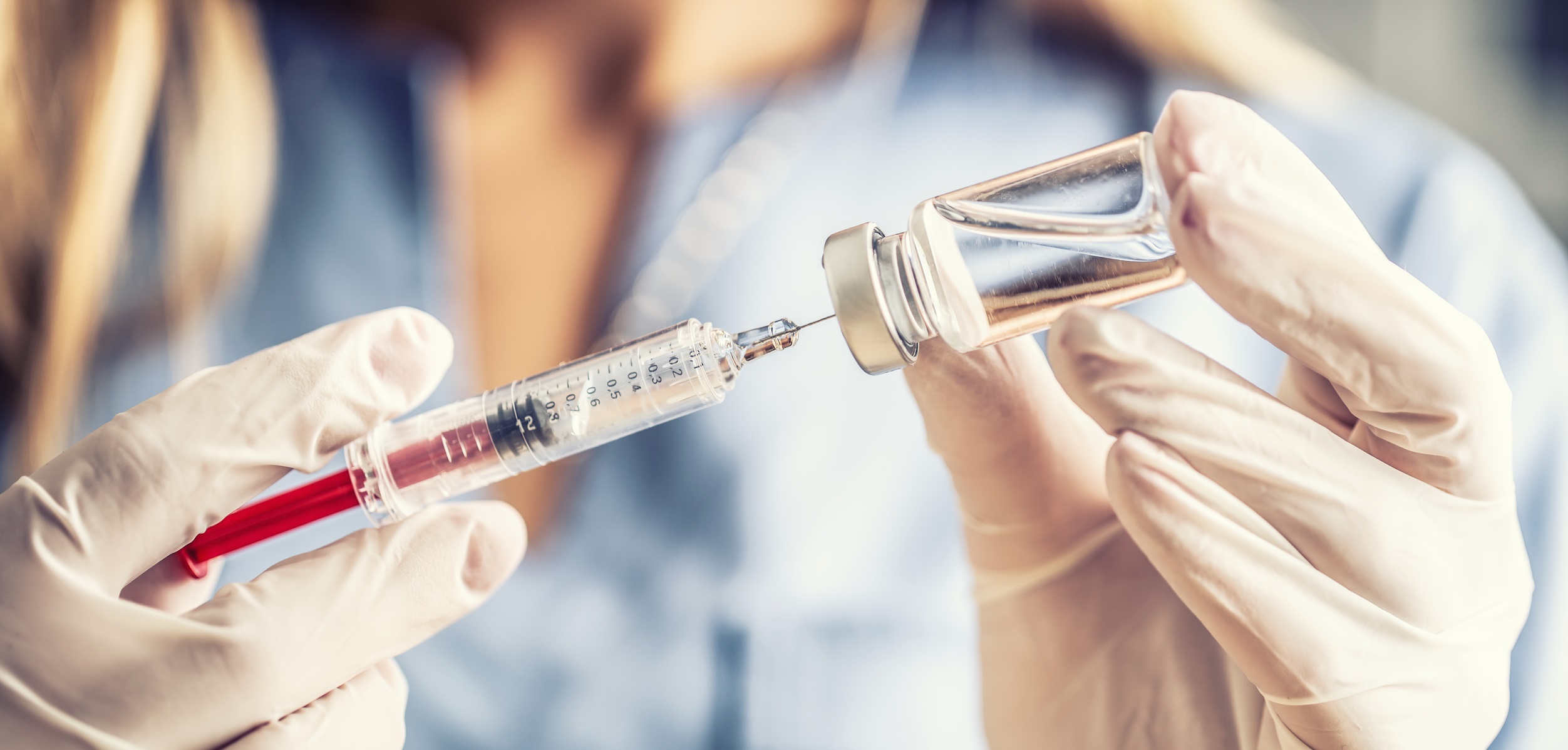
What do we know about myocarditis after Covid-19 vaccination?
It's useful to look at a US report detailing 323 young individuals (median age 19 years, range 12-29 years), that met strict criteria for the diagnosis of myocarditis, and most had symptoms within seven days after vaccination, because it filters out the co-morbidities associated with an older age group. Most had a mild clinical course that resolved. Most (96 percent) of these individuals were promptly hospitalised and treated. No one died.
Similarly, in another study of fit and healthy military staff with suspected post-vaccination myocarditis (chest pain and high troponin levels), all rapidly recovered.
In Israel, mRNA Covid-19 vaccination has been associated with a three-fold elevated risk for myocarditis compared to non-Covid-19 background rates. Of 5 million vaccinated individuals in Israel, 62 cases (0.0012 percent or 12.4 cases per million) developed myocarditis and a previously well 35-year-old male and 22-year-old female died. By July this year, the Australian Department of Health had received 50 notifications of temporarily associated suspected myocarditis after 3.7 million doses had been given of the Pfizer vaccine (0.0013 percent or 13.5 cases per million).
Monitoring continues. Reports have also emerged from Europe (2.0 cases per million), Canada (3.9 cases per million), the US (4.1 cases per million) and UK (5.0 cases per million). These lower rates may reflect the use of other vaccines (viral vector Astra Zeneca or Janssen, Moderna), for which myocarditis is also reported but possibly at lower rates. The post-vaccination myocarditis affected all ages, both sexes, and after either the first or second dose.
How many adult New Zealanders could die after Covid-19 vaccination?
These estimates are somewhat easier to calculate than with primary Covid-19 infections because we know the number of doses administered, and the total number of infections can be more elusive. If 0.0012 percent (from the Israeli data) of our 5 million population developed post-vaccine myocarditis, that's 60 New Zealanders. If 30 percent die from vaccination-induced myocarditis, that's about 20 deaths for the Pfizer mRNA vaccination.
How does Covid-19 infection and post-vaccination myocarditis compare?
From these simple calculations above, we can expect a conservative 2500 New Zealanders to die from myocarditis in primary Covid-19 infection and 20 New Zealanders to die from myocarditis after vaccination. That's a 100-fold difference. Obviously, no deaths is everybody's wish, but the gap is significant to maintaining a functioning health system for everyone, especially considering that this is only one of Covid infections complications.
Furthermore, our highly trained medical workforce knows how to manage myocarditis. With good public education about the symptoms and early medical attention, we might be able to avoid post-vaccination myocarditis deaths altogether because it responds so well to treatment. Everyone should know the symptoms to watch out for and counselling from vaccinators needs to be in writing.
• Noelyn Hung is a pathologist and a senior lecturer at the University of Otago.



